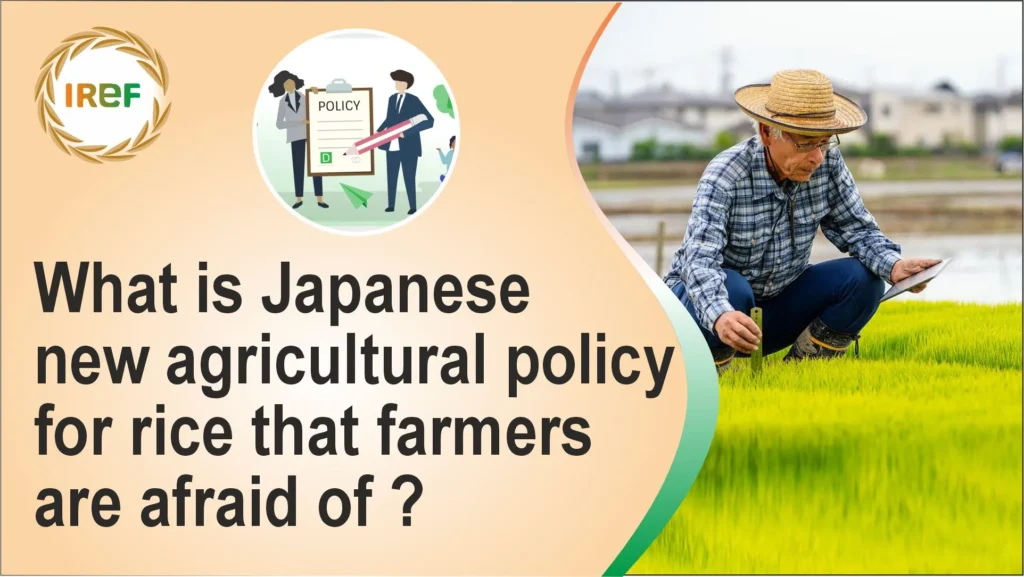Rice is not just a staple food but deeply ingrained with the local tradition and culture. From the Past 50 years, Japan has provided subsidies to farmers to grow crops other than rice so as to halt oversupply and a fall in prices. However, this old policy has failed last year when the farm ministry misinterpret supply from the heat-damaged 2023 harvest, leading to severe shortage in August. The impending surge in prices pushed Japan in oddity against a fall in global prices, and introduced the risks of its approach.
Notably, the newly announced agricultural policy would produce the outcome of securing the country’s food security without sending prices into freefall and burdening the influential farmers as it has been addressed with the priority of fixing the lapses generated from the consequences of following old policy and interest from US President Donald Trump, who has recently slammed Japan to purchase U.S grown rice as part of the allies’ trade deal.
However, farmers seem afraid of this newly announced policy who questions over its working and execution as they want a government to ensure safety for producers. Moreover, they expressed that for cultivation of land for new paddies or shifting from wheat or soybeans would need labour, machinery and all kinds of investments. Further, they asserted that they feel conflicted about the doubling of retail rice prices to above 4,000 yen ($27.80) for a 5kg bag this year that what has turned into a national crisis. They want that rice prices settle at levels acceptable to both producers and consumers, hopes prices would stabilise around 3,000 to 3,500 yen that PM Shigeru Ishiba also hopes would be edible for voters.
As per govt.’s suggestion, the success of new policy would halt a recurrence by allocating 350,000 tons of rice for export in 2030 which is an eight-fold jump from 45,000 tons last year that could be divert to the domestic market in the case of a shortage. Though, some experts find this policy unrealistic as the idea of selling expensive Japanese rice abroad is not appropriate, especially when even Japan is importing grain despite the 341 yen per kg levy that had previously priced foreign products out of the market. Meanwhile, Japanese have also sustained a taste for U.S. grown Calrose rice. Additionally, imports from Taiwan, Thailand and Vietnam have also been popular with businesses and cost-conscious consumers.
For the success of newly announced policy, the govt. intends to provide some form of support but also expects farmers to make their own efforts to consolidate and utilise Artificial Intelligence and other technologies to decrease the cost of production. While, the farmers pointed out that prices of fertilisers, pesticides and fuel have soared resulting the increase in production costs.



